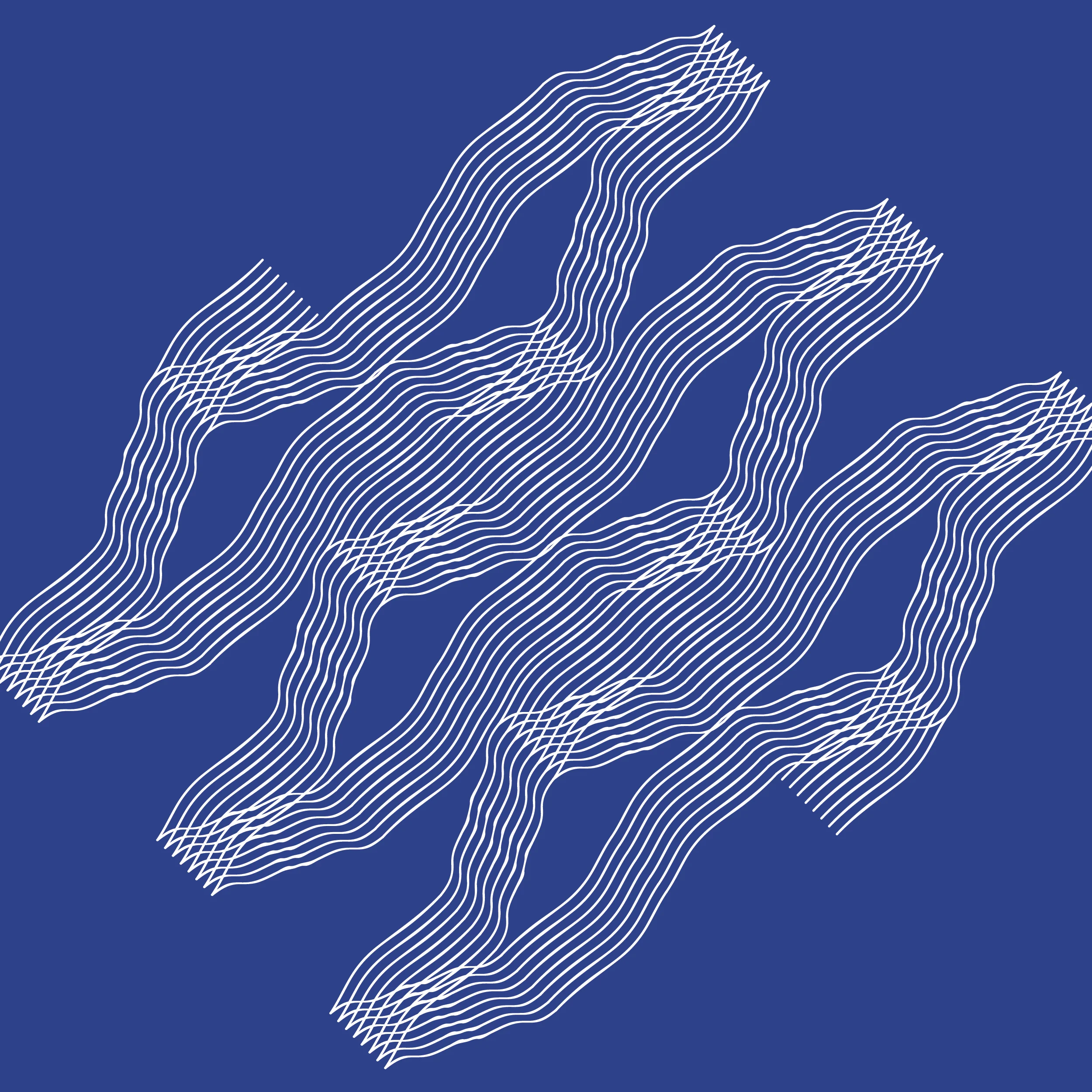Lines and Planes in the Real World

By Michael Taylor, Editor
Daniel Rossi calls himself a ‘Visual Maker’. However you choose to interpret this title, it is clear that speculation, communication, illustration, and provocation (not necessarily in that order) are his areas of expertise. We asked him to create a series of illustrations for Volume 35 that would do visually what our contributors have done in writing. Which is to say, reconcile the relationship between a line and the space it is imposed upon. Editor Michael Taylor explores here the problems that arise when two dimensions are forced into the infinite.
In analytic geometry there are three possible outcomes when calculating the relationship between a line and a plane. The first option is that the line intersects the plane in a single point, the second and third options occur when the line and plane are parallel. Either, they will not meet at all, or the line will be contained within the plane altogether. The novice mathematician in me would argue that the simplest outcome is when the line is contained within the plane. In this situation, (after substituting the equation of the line into the equation of the plane and solving for the scalar) you would produce an outcome of zero. Not only is it tidy numerically, but it is also the only outcome that can be solved for in a single cartesian plane.
Given the algebraic simplicity of this outcome, why then, when we impose a line on a surface outside of Euclidean’s safety net does it cause so many issues? As naïve as this question may be, attempts to draw lines all over the globe has provided fodder for much of the content in this volume. Delimiting in the context of the contemporary city is complicated: no longer the finite, territorial boundary of the nation state, borders now are varied and fragmented, physical or artificial, and often have different repercussions for different people. They can be continuously redefined, reappropriated, and reimposed.
Let’s consider what the UK did in 2004, when it relocated passenger checkpoints from arrival stations inside the British geographical border to the stations that travellers depart from in France and Belgium. While these checkpoints were very much inside the administrative region of another territory, the British government had essentially extended itself into the heart of continental Europe, creating a fragmented border with countries it does not even physically touch.
This example shows one of the many ways that we are all faced with borders in our daily routine. In cities today, borders are rampant: closed circuit television, conditioned spaces, and incongruously placed checkpoints all create limits and boundaries that we experience regularly. Consequently, what a geographic border represents in the 21st century is far from ubiquitous.
That being said, the tidy outcome of zero that we solved for earlier (when a line is contained within a plane) presents us with an infinite set of possibilities in the real world. When a line is contained within the ground plane of a region or territory the complexities of history, politics, sociology, economics, stories, and beliefs come into play. Solving for the scalar then is a qualitative exercise. Daniel Rossi’s illustrations are bound to two dimensions by their very nature as drawings and their simple use of vectors reference mathematical clarity. However, in his operative process he pushes the relationships between lines and planes toward the endless possibilities present within contemporary urbanism. Emotional and spatial, simple yet unclear, Daniel’s illustrations speak directly to the the interest of Volume 35, curiously examining the conceptual problems that arise when surfaces and lines meet in politicized space.





